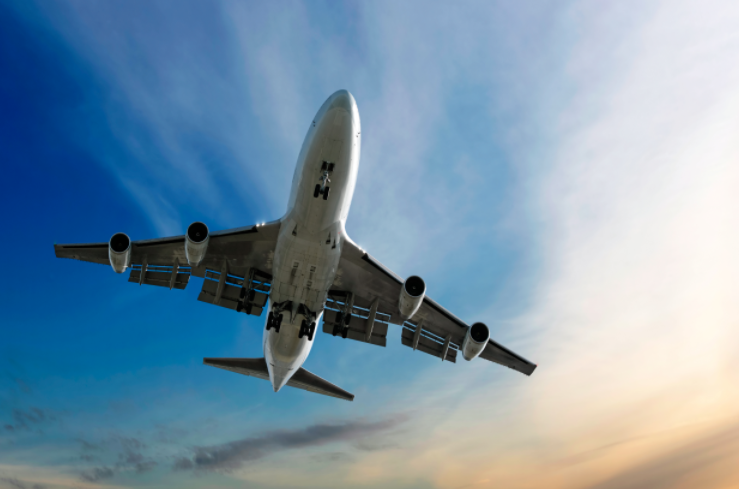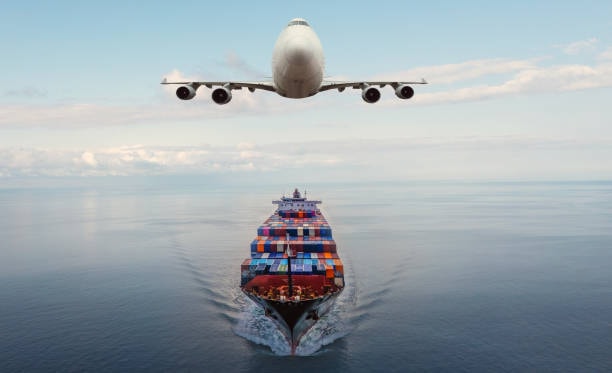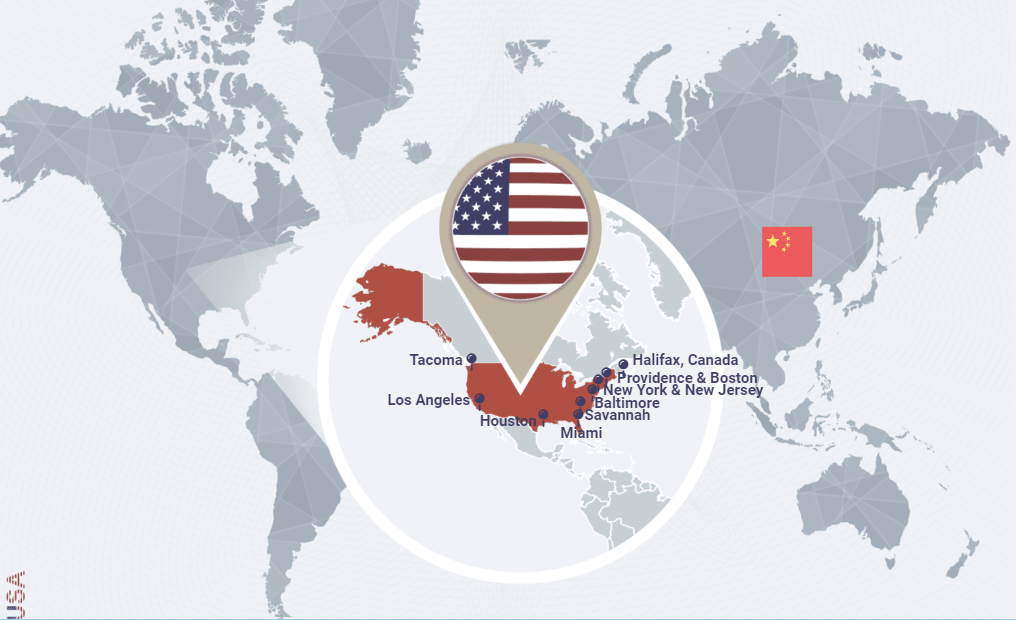Introduction
In today’s fast‑paced global marketplace, air freight plays a crucial role in getting products where they need to go quickly and reliably. Red Flag Freight Forwarding provides comprehensive international logistics services, including air freight, Amazon FBA support, warehousing, customs clearance and insurance. Our network covers hundreds of cities and major airports across China, enabling us to move your goods from Shenzhen, Guangzhou, Hong Kong, Shanghai and other hubs to destinations throughout the Middle East, Africa, Asia, Europe and beyond. To ensure safety, flexibility and on‑time delivery, we partner with leading airlines and work around the clock to find the optimal routing at competitive rates. Our clients appreciate our transparent procedures and responsive service, which help them focus on growing their business.Get Quote
Why Choose Air Freight
Speed and efficiency
Air freight dramatically shortens transit times compared with ocean transport. Shipments that take weeks by sea can arrive within days by air. For example, goods from China to North America or Europe often reach their destinations in three to five days. Airlines operate on fixed schedules, which makes air freight not only fast but also predictable. This reliability allows businesses to reduce inventory buffers and respond quickly to market demand.
Reliability and security
Airports have strict security protocols and advanced screening to reduce the risk of theft or damage, making air freight suitable for high‑value or sensitive cargo. Modern tracking systems provide real‑time visibility of your shipment’s location, so you can keep customers and partners informed.
Global reach
Air freight connects even remote regions to major trade hubs. With an extensive network of airlines and airports, businesses can reach customers worldwide. For companies importing goods from China, partnering with an experienced logistics provider helps maximise these advantages and ensures a seamless shipping experience.
Best Air Cargo from China
As one of the premier freight forwarders in China, we cooperate closely with leading airlines across Asia, North America, Europe, Australia and the Middle East. This network allows us to offer direct flights from major airports as well as consolidated services for cost‑effective options. Whether shipping high‑priority goods to the United States or consolidating multiple consignments for Europe, we tailor solutions to your needs and guarantee space even during peak season.
Major Airports in China
China has an extensive network of international airports, and selecting the right hub can reduce costs and transit time. Some of the key facilities include:
| Airport | Cargo volume | Main trading partners | Description |
|---|---|---|---|
| Beijing Capital (PEK) | ≈2 million tons/year | USA, Japan, South Korea, Australia, Germany | Asia’s busiest airport and China’s largest air cargo hub; ideal for trans‑Pacific and regional routes. |
| Shanghai Pudong (PVG) | >3.6 million tons/year | USA, Canada, Japan, South Korea, Germany | China’s busiest airport with dedicated cargo terminal and FedEx Asia Pacific hub. |
| Guangzhou Baiyun (CAN) | >2.6 million tons/year | USA, Saudi Arabia, UAE, Singapore, Hong Kong, Nigeria | Located in the Pearl River Delta; advanced facilities make it an important South China hub. |
| Chengdu Shuangliu (CTU) | ≈0.7 million tons/year | USA, Germany, Japan, Australia, South Korea | Western hub with FedEx and DHL centers; ideal for tapping Western China markets. |
| Shenzhen Bao’an (SZX) | >1 million tons/year | USA, Japan, Germany, Egypt, UK | New state‑of‑the‑art cargo facility designed for e‑commerce and affluent consumers. |
Choosing the airport closest to your supplier reduces trucking costs. We can help you decide which hub is best for your shipment based on cargo type, destination and urgency.
Factors Affecting Air Freight Cost & How to Reduce It
The cost of air freight depends on factors such as the distance between origin and destination, the weight and dimensions of your cargo, the nature of the goods and how quickly they must arrive. Because air transport is more expensive than sea or land, careful planning is essential.
To reduce your shipping costs:
- Optimize weight and size – Airlines calculate charges based on weight or volumetric weight, whichever is greater. Minimising packaging and compressing your goods can lower the volumetric weight.
- Consolidate shipments – Combining multiple smaller consignments into one larger shipment often lowers the per‑kilogram rate.
- Negotiate rates – If you ship regularly or in large volumes, negotiating directly with carriers can yield better pricing.
- Plan ahead – Avoid premium surcharges by booking space well in advance; urgent shipments usually cost more.
By implementing these strategies, businesses can manage costs while still benefiting from the speed and reliability of air transport.
Air Freight Forwarder Transport Process
When shipping goods by air, an experienced freight forwarder handles the entire logistics chain. The typical process includes:
- Pick up – Collecting goods from the supplier and transporting them by truck to a nearby international airport.
- Packing and preparation – Packing or repacking cargo if necessary, and preparing export documentation.
- Customs declaration – Filing the required paperwork and clearing the goods for export at origin and import at destination.
- Air transport – Loading the cargo onto an aircraft for the main leg of the journey.
- Delivery – After customs clearance at destination, delivering the shipment to the consignee’s address.
Understanding each step helps ensure compliance with regulations and provides transparency during transit.
How to Calculate the Charged Weight of Air Freight
Airlines charge based on the charged weight, which is either the actual weight or the volumetric weight of your shipment, whichever is greater. Volumetric weight reflects the space a shipment occupies and is calculated using standard formulas. Two common methods are:
- Length × width × height / 6000 (cm) – commonly used for air freight.
- 1 CBM = 167 kg – a simplified rule of thumb.
For example, a 1 m × 1 m × 1 m package weighing 100 kg has a volumetric weight of 167 kg. Because 167 kg exceeds the actual weight, the airline will charge based on 167 kg. If the package weighed 300 kg, the charged weight would be the actual weight, since it is greater.
Air vs. Sea Freight
Air freight drastically shortens delivery times. Depending on the destination, sea freight can take a month or more, while air freight may deliver goods from the factory to your door in about five days. Airlines offer different service categories—economy and express—which affect transit time and price.
However, this speed comes at a higher cost. Many importers choose a hybrid approach: shipping some goods by air to maintain inventory and the rest by sea to save on cost. Deciding between air and sea depends on the value of your goods, customer expectations and your budget.
Why Choose Red Flag Freight Forwarding
At Red Flag Freight Forwarding, our mission is to deliver your cargo safely, on time and within budget. Based in China with a vast route network, we ensure your goods reach any corner of the world quickly and securely. Our highly trained team can manage both large, multi‑point deliveries and single door‑to‑door shipments, tailoring solutions to your specific needs. We also provide comprehensive warehousing, packaging and labelling services, and coordinate customs clearance through trusted brokers.
By partnering with Red Flag, you gain access to our global network, competitive pricing and 24/7 support. For a quote or consultation, please contact us at support@globalfreightagent.com. We look forward to helping your business succeed with reliable, cost‑effective air freight solutions.




